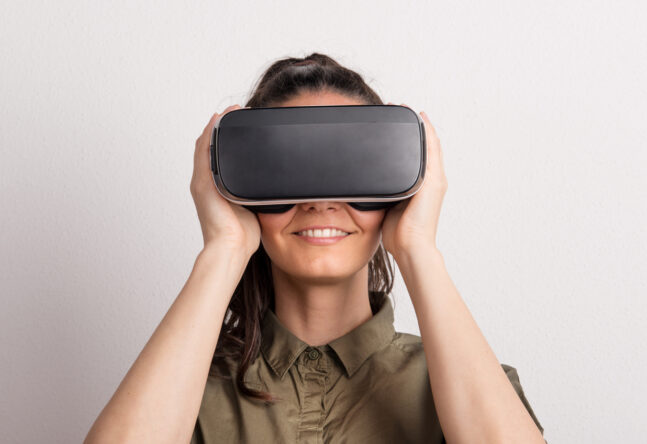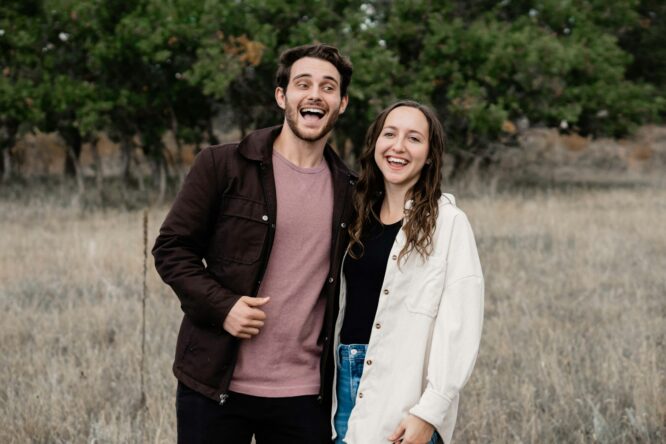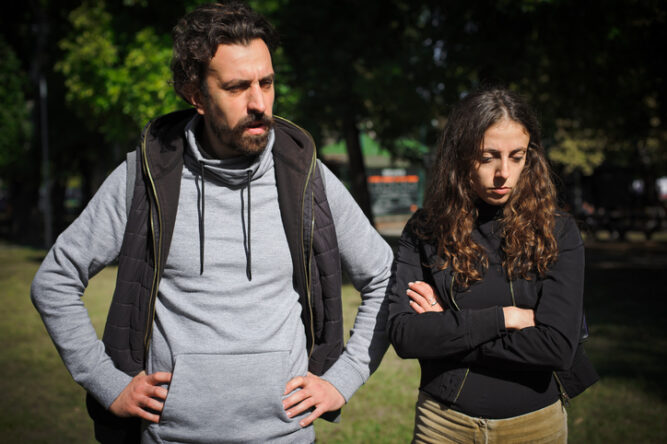
Virtual reality might still be associated with gaming headsets and futuristic tech demos, but it’s quietly becoming something a lot more powerful. Beyond the flashy graphics and immersive landscapes, VR has a knack for dropping you right into someone else’s experience in a way that’s hard to shake off. Not just to see what they see—but to feel a bit of what they feel. In a time when empathy can feel stretched thin, VR might just be the unexpected tool to help us bridge some very human gaps.
1. You don’t just hear someone’s story—you step into it.
Reading about someone’s life experience or watching a documentary can be moving, but there’s still a level of distance. VR collapses that gap. It lets you walk in their shoes, stand in their kitchen, hear the same background noise, and look through their eyes—even if it’s just for a few minutes.
That kind of immersion hits differently. You’re not just learning facts; you’re absorbing feelings. It makes a person’s story more than just information—it becomes a moment you lived through, and that tends to stay with you in a deeper way.
2. It makes unfamiliar realities feel personal.
It’s one thing to hear stats about what it’s like to live with a disability, or to be displaced, or to navigate the world as a refugee. It’s another to actually experience it—even virtually. VR lets you feel the tension, isolation, or fear in a way that’s hard to brush off.
When people are exposed to those kinds of simulations, they often come away with a clearer sense of empathy. Not sympathy, not pity—just a better grasp of what someone else is carrying. And that’s the kind of insight that changes behaviour, not just opinions.
3. It removes distractions and demands attention.
One of the reasons we don’t absorb certain stories is because life is noisy. You might care about an issue, but you’re also checking your phone, half-watching TV, or just generally distracted. VR forces you to stop and focus. You’re literally in another world, and everything else fades out.
That level of focus means emotional moments land more deeply. It creates space to actually feel something instead of brushing past it. And in a culture that moves fast and skims over nuance, that kind of pause is rare—and important.
4. It encourages perspective changes without confrontation.
Some people shut down the second they feel challenged. But VR can create a soft entry point. Instead of debating someone’s lived experience, you’re invited into it. That invitation often feels less threatening than a lecture or a social media argument.
That’s a big deal when it comes to topics like race, gender, inequality, or chronic illness—subjects that can make people defensive. VR opens the door quietly and lets people walk through it at their own pace, which often leads to more lasting changes in perspective.
5. It builds emotional memory, not just intellectual understanding.
You can remember a fact and forget how it made you feel. But when you’ve stood in a recreated refugee camp or experienced what it’s like to navigate a shop in a wheelchair through VR, that sticks. Your body remembers the tension or the awkwardness, even if it wasn’t “real.”
This kind of emotional memory has power. It helps people recall not just the details of what they learned, but the impact. That makes it more likely they’ll act differently next time they see someone struggling or hear a familiar story on the news.
6. It sparks conversations people usually avoid.
There are so many uncomfortable topics people avoid because they don’t know how to start. VR experiences can act as that opener. Someone who’s gone through a powerful simulation is often more willing to ask questions or bring it up later with other people. It breaks the ice in a way that’s less about debate and more about curiosity. “I saw this in VR” becomes a softer way of starting a hard conversation, and those conversations are often where real awareness and change begin.
7. It bridges generational understanding.
Sometimes older and younger generations just can’t seem to get each other. But when someone from a different era or perspective gets to live through a scene from another’s daily life, empathy tends to grow. It’s easier to relate to someone when you’ve seen the world from where they stand.
This doesn’t just help with hot-button issues—it helps with everyday disconnects too. Grandparents, parents, and kids might find more common ground through shared VR experiences than they would through lectures or arguments.
8. It has potential in classrooms, not just therapy rooms.
Education is where this kind of tech could really shine. Imagine learning about the civil rights movement, the climate crisis, or life in another part of the world not just through books, but by experiencing it. That kind of education sticks.
It doesn’t replace context or critical thinking, but it adds emotional weight that makes facts feel real. When students can connect emotionally with what they’re learning, it tends to inspire more engagement, more empathy, and more reflection outside the classroom.
9. It doesn’t require a shared belief system.
You don’t have to agree on politics, religion, or philosophy to have a VR experience that makes you feel something. It bypasses ideology and goes straight to experience. And that makes it a rare tool in a world where people are usually arguing from different starting points.
When you can move people emotionally without needing them to already be “on your side,” you open the door to unexpected understanding. VR gives people an entry point that doesn’t rely on convincing—it just lets them feel.
10. It keeps evolving, and becoming more accessible.
VR isn’t perfect yet. Headsets are still clunky and pricey, and not everyone has access. But the tech is moving fast, and the people building it are increasingly focused on accessibility and storytelling, not just entertainment. As the tech gets better, and the stories get more nuanced, the potential for impact only grows. What feels like a novelty now might become one of the most powerful empathy-building tools we have in the next decade.




